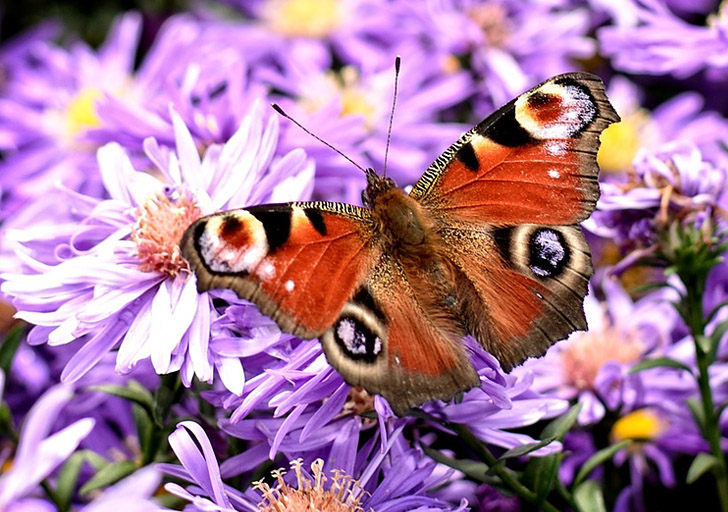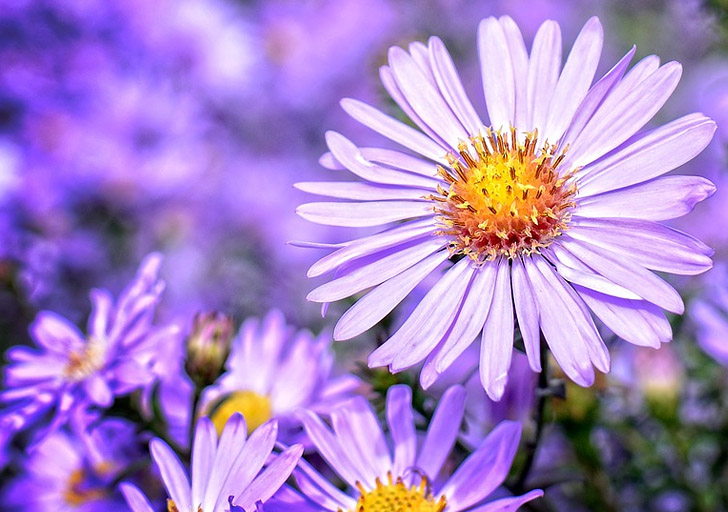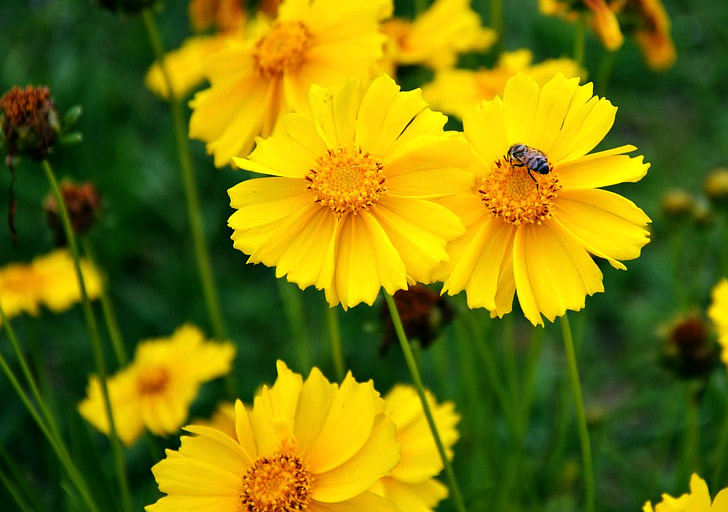With over 35 years of growing plants under our belts, we began to focus on herbs in 2008. We’d always loved growing them, but honestly, the demands for perennials and annuals in our local market meant that herbs only accounted for about 20% of the plants we grew. Once we hopped onto the world wide web, and were able to really use data to research what people wanted to grow, but couldn’t get locally, herbs became our focus. For the past 8+ years, we had added more and more herbs to our lineup. Now, we are offering over 160 different types of herbs for you, our customers!
But, since we are growers and addicted to growing a variety of plants, we’ve been ‘toying’ with the idea of introducing a closely related group of plants. Of course, you don’t need to have a garden to grow plants. You can start with growing your plants in a container and transitioning, or just have house plants instead. You can even check out a website similar to gardenersdream.co.uk to get more information if this is something you’re interested in doing. Just remember that there are many different ways to achieve your garden dream, so, drum roll, please…
The Growers Exchange is honored to introduce our new North American Natives for your growing pleasure!
For those of you who may be unfamiliar with this term, simply put:
Native plants are adapted to the local climate and soil conditions where they naturally occur. These native plants can be anything from weeds to bushes to trees. These important plant species provide nectar, pollen, and seeds that serve as food for native butterflies, insects, birds and other animals. Unlike natives, common horticultural plants do not provide energetic rewards for their visitors and often require insect pest control to survive.
There are a ton of other good reasons to plant natives, and among those are:
- Native plants are not fussy! In a garden environment, native plants do best with some attention and care, but require less water, fertilizer, pruning, little or no pesticide, and less of your time to maintain than do many common garden plants.
- Native plants require less water and they can also help with erosion control – their deep root systems increase the soil’s ability to store water. So, these plants can reduce water runoff. Once established, many native plants need minimal irrigation beyond normal rainfall. Saving water conserves a vital, limited resource and saves money, too.
- Native plants have developed their own defenses against many pests and diseases. Since most pesticides kill indiscriminately, beneficial insects become secondary targets in the fight against pests. Reducing or eliminating pesticide use lets natural pest control take over and keeps garden toxins out of our creeks and watersheds. If you know any horticulturists, you could ask them about how these pests might pose a real problem to plants especially those that are still developing.
- Native plants, hummingbirds, butterflies, and other beneficial insects are “made for each other.” Research shows that native wildlife clearly prefers native plants. Native plants provide shelter and food for wildlife. Native plants promote biodiversity and stewardship of our natural heritage.
- Native plants still need help. Just because they are native to the area doesn’t mean they’re immune to every issue that may be thrown at them. So, if you have native plants in your garden you will need to make sure they’re well looked after. This means visiting www.treeservicewashingtondcpros.com to make sure your trees are well cared for, watering your native flowers, and keeping an eye out for foreign pests that your garden is vulnerable to.
Oh, did we mention that they happen to be beautiful additions to your garden? Our Fall 2016 crop of Native & Nativar Plants includes gorgeous plants that will create a stunning fall garden. We’ve hand-picked for color, contrast, size and ease of maintenance. Please take a look at these plants and grab a few for your garden.
So What is a Nativar Plant?
A word about nativars. Yes, we are growing natives and nativars, and here is our position based on the research of one of my gardening gurus:
A nativar is a cultivar of a native species. The name is, generally, attributed to Dr. Allan Armitage, a well known author, lecturer and horticulture professor at the University of Georgia, Athens.
Dr. Armitage has been quoted as saying about nativars, “They should rule the garden” since nativars can provide the best of both worlds: a landscape improved by the ecological impact of natives and a way to address problems that usually plague certain native species.
Nativars represent a good compromise for those who want to plant native plants but are concerned about certain traits that native species exhibit. Such traits include attracting insects and diseases or becoming invasive. Conversely, Nativars may also be bred to display bigger, brighter, nicer blooms or more fruit and vegetables. The big plus is that they are native plants.
There are native plant purists that are uncomfortable with the growing use of nativars. To understand their argument, we must define our terms. The most commonly accepted definition of native plants is those that have grown naturally in an area since before the Europeans arrived. But, by definition, where are we talking about? Your yard? Your community, state, region, the United States or all of North America?
In biology, there are few absolutes, including the definition of a native plant. Those most critical of nativars are those who define a native plant as one that has always grown in a carefully defined ecosystem. They fear that hybridizing these plants, even with other native plants, will result in non-local genotypes, which will not be identifiable to the wildlife that depend on local native plants for food.
The Benefits and Problems with Nativars
The question of benefits and problems with nativars is being studied and we keep up on current findings of Dr Allan Armitage. He is the authority on flowering plants for gardening. We have followed his advise for over thirty years and feel confident in his recommendations. Please understand we are advocating the use of nativars in gardens. Restoration project should use only actual native species. Nativars have better garden characteristics such as more or larger flowers or a more compact growth habit making them more interesting as a garden plant.
The Growers Exchange chose to grow and offer native plant companions to herb plants as a way to add color to herb plantings. Over the years, we noticed more and more flowering plants have been added to our herb garden. It seems it is a gardener’s natural tendency to experiment with new plants. We chose natives because they are environmentally friendly and provide food for butterflies and bees; as well as being well adapted to weather. Nativars are be the choice for a purely native planting, but many natives perform poorly as garden plants. Most of the herb plants we grow are not native to N.A., so purely native is not our goal. Our goal is to offer plants that are not only beautiful, but useful to gardeners and all the critters that visit their gardens. TGX is excited to begin offering Nativar plants to spice up your herb garden.
Happy gardening,
Briscoe




This is an excellent, well balanced description of some arguments surrounding native plants. It can get quite annoying being around people that are fanatical about using only natives in home gardens & landscapes. They may insist on the complete exclusion of other very useful species.
I think natives are highly advantageous in many situations. But if a native can’t fill a specific role, then I’m go to look to a non-native to fill the need. And I’ve seen some non-natives that offer excellent drought tolerance & pest resistance. Some even fix nitrogen, helping other adjacent plants. I’m glad you are giving gardeners more options without buckling under pressure to be exclusively “native”.
Our town is currently fighting a power plant which would destroy many acres of land and native plants…..This article is perfect tming on that discussion….thank you….
I’m looking for native plants but having no luck searching your site for the natives AND a characteristic such as shade/full sun, height, etc. Can you improve the search capacity or offer a list of natives showing the various characteristics? Thanks!
That’s My wonderful and highly talented friend Barbara mason white. Please go to the plant sale it is very cool for anyone who knows even a little bit about native plants